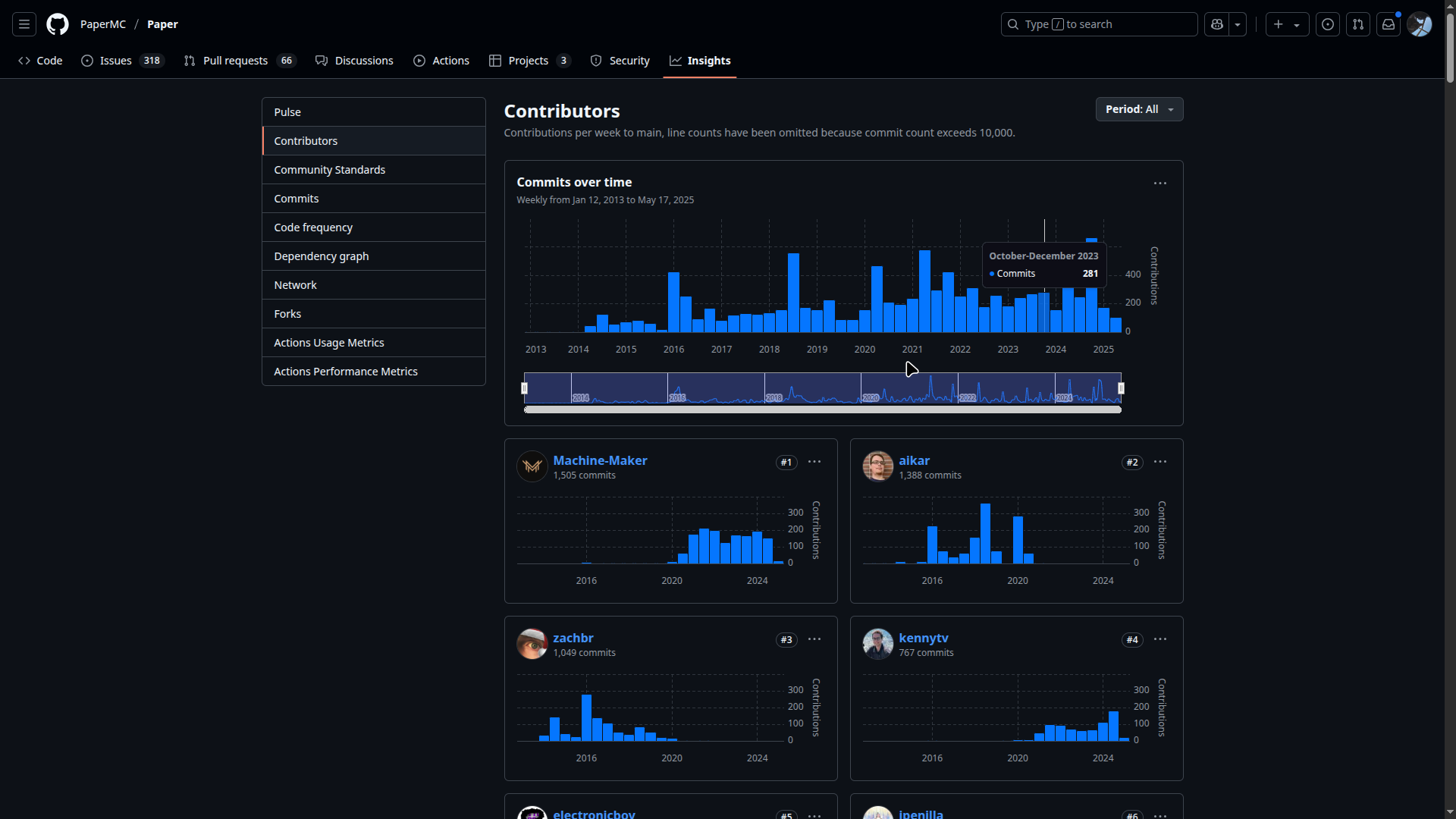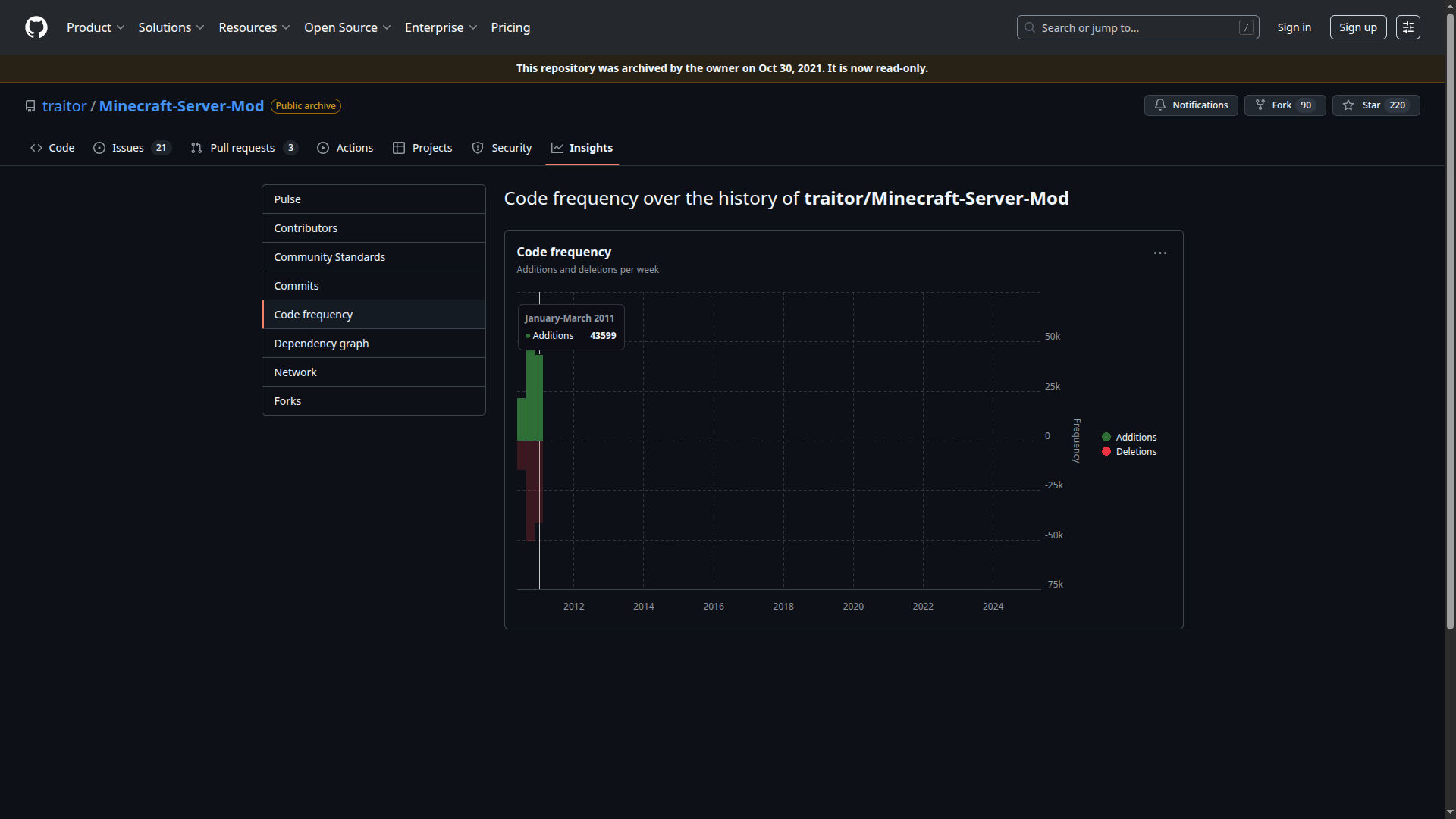The Story of Plugins in Minecraft Servers
Thursday, May 22, 2025, 2:06p.m.

Before Minecraft became a sprawling universe of custom servers and endless minigames, the multiplayer scene was patchy at best. In the game's earliest days, server owners had little to no tools for customizing gameplay. Running a vanilla server meant everyone played basically the same game, and if you wanted features like more commands, anti-griefing, or custom rules, the only option was to edit the game itself—a tricky, error-prone process that often broke with every update.
The Pre-History: Before Bukkit
The first wave of server modification used what's now remembered as “server mods”—craftbukkit’s ancestors like hMod (short for hey0 Mod)—which poked directly into the game code. These plugins were powerful but came with a cost: poor performance, high instability, and frequent breakage with each Minecraft update. Players often waited weeks before they could update their servers after a new patch, causing frustration all around.

The Birth of Bukkit
Cue Bukkit. In late 2010, a group of developers—feeling the pain of maintaining code for hMod—decided to rewrite things from scratch. The Bukkit project aimed not only to make plugins easier for developers, but also to provide stability and faster updates. It built a clean plugin API: instead of hacking directly into Minecraft, plugin authors used an organized set of hooks and events, making their creations far more reliable.
Server performance improved, too. Bukkit abstracted much of the server’s inner workings, letting server owners run more plugins with less chance of conflicts. By early 2011, Bukkit rapidly “superseded” hMod, and the plugin ecosystem exploded. New possibilities became the norm: custom economies, ranks, advanced permissions, and eventually, entire minigames—all thanks to Bukkit’s modular design.
Mojang's Involvement
Within a couple of years, the Bukkit project’s popularity was undeniable, and Mojang—Minecraft's development studio—acquired the Bukkit team. This move aimed to stabilize Bukkit’s future and possibly merge some of its best ideas into the official game. Official involvement brought promise, but also complicated the software’s legal status: suddenly, Bukkit was being maintained by Mojang employees, but hundreds of external developers relied on it.
The DMCA Shutdown
Tragedy struck in August 2014, when a team member filed a DMCA takedown notice against Bukkit’s downloads. The argument was over code licensing—some core parts of Minecraft’s server software, owned by Mojang, were included with Bukkit, complicating its open-source status. Within days, Bukkit updates ground to a halt, casting doubt over thousands of servers depending on its plugins.
Spigot: Rising From the Ashes
But the community, as usual, acted fast. A fork of Bukkit, Spigot, already existed to provide performance enhancements and extra configuration. With Bukkit paralyzed, Spigot’s developers built their own toolchain (notably “BuildTools”) to legally reconstruct Bukkit’s API. This allowed server owners to keep their plugins even as Minecraft itself evolved—the lifeline the community badly needed.
Spigot wasn’t just a stopgap; its optimizations unlocked new heights for large servers, cutting down memory use and improving tick times. Today, Spigot remains the backbone for most public Minecraft servers, providing a familiar home for beloved plugins and endless innovation.
The Age of Forks
Spigot’s launch inspired a new era of variation. Forks like Paper introduced even more features, bug fixes, and performance tweaks, while others, like Purpur and Tuinity, pushed the limits for huge player counts and custom gameplay. Each fork built on Spigot’s plugin compatibility, letting server owners choose the balance of features, performance, and risk that fit their communities. The result? The plugin ecosystem grew more diverse and robust than ever, making Minecraft server hosting accessible and exciting for everyone, from casual friends to massive networks.
The story of server plugins is one of necessity breeding innovation. What began as a desperate effort to add a few features and customize gameplay turned into a massive ecosystem powering everything from PvP games to entire creative worlds. The tools, communities, and creativity that emerged from Bukkit, Spigot, and their many descendants are still reshaping Minecraft today—one plugin at a time.
Main developer of RedstoneLink. Programming and playing Minecraft since 11 years old (23 years old as of writing) and working since 2020 as a web developer.
I love making computers go beep boop
🦀🐍
Latest posts
RedstoneLink
A Minecraft server list dedicated to helping players find the best servers.
Information
We are not affiliated with Mojang AB or Microsoft in any way.